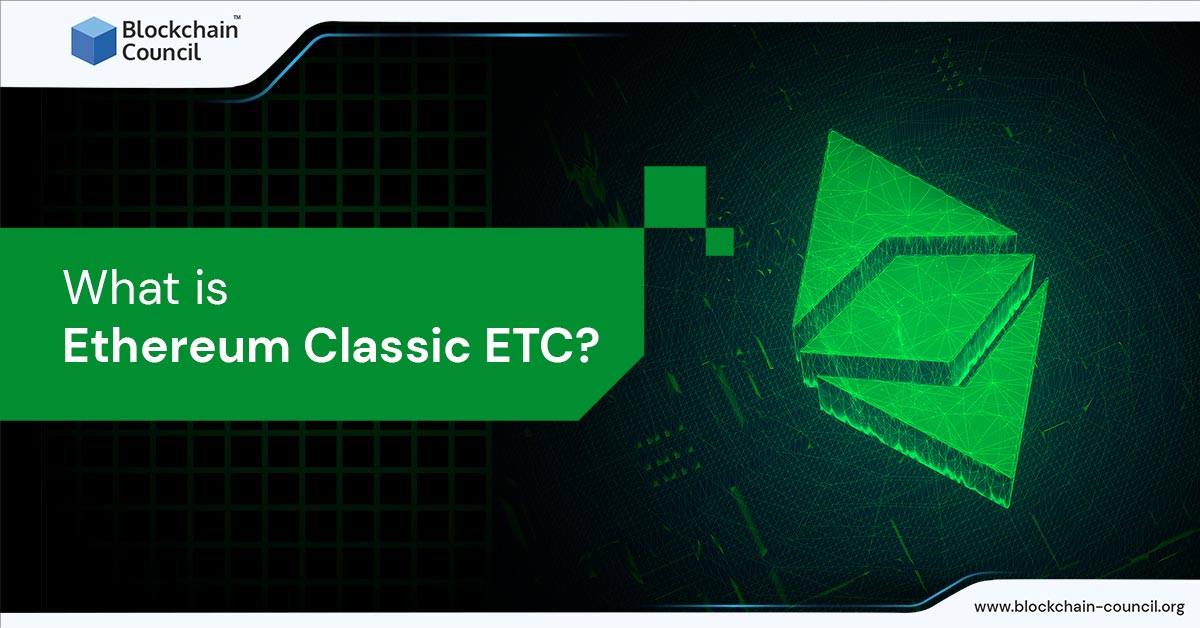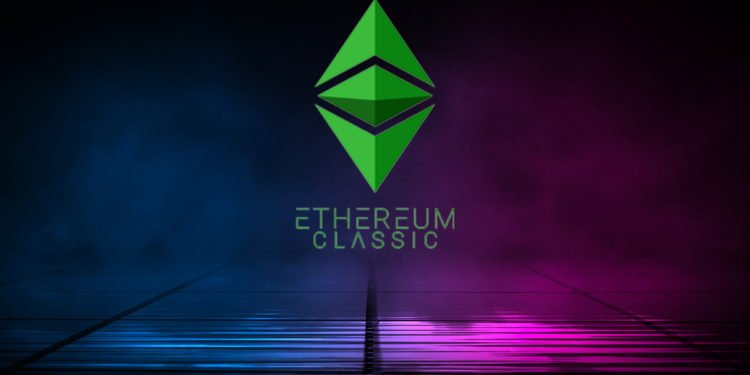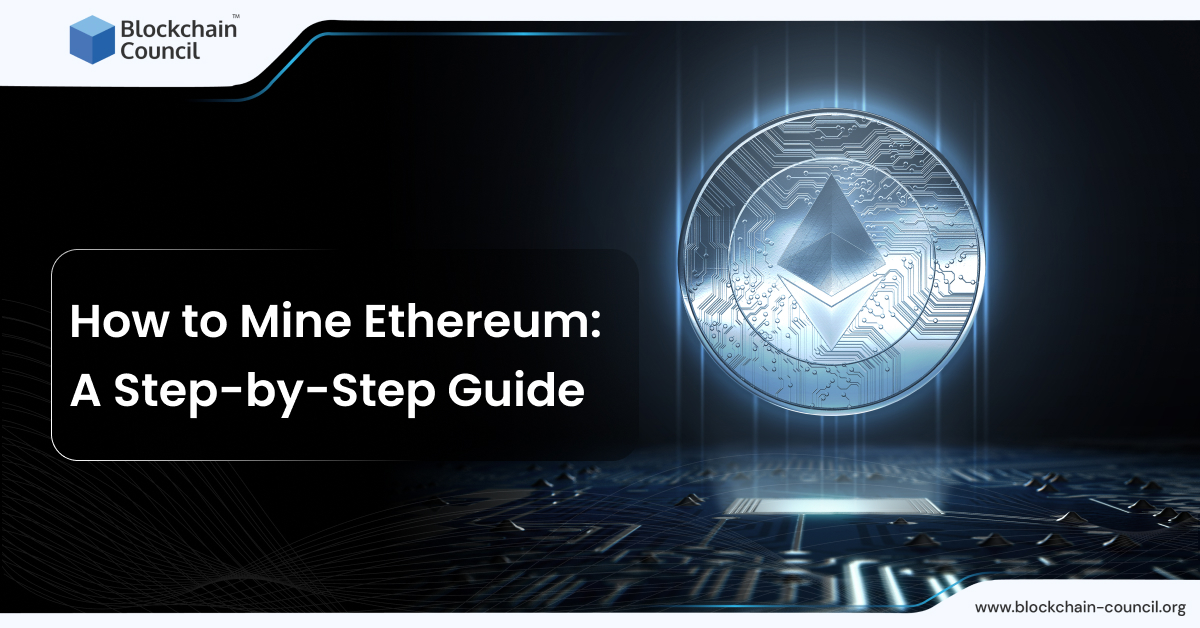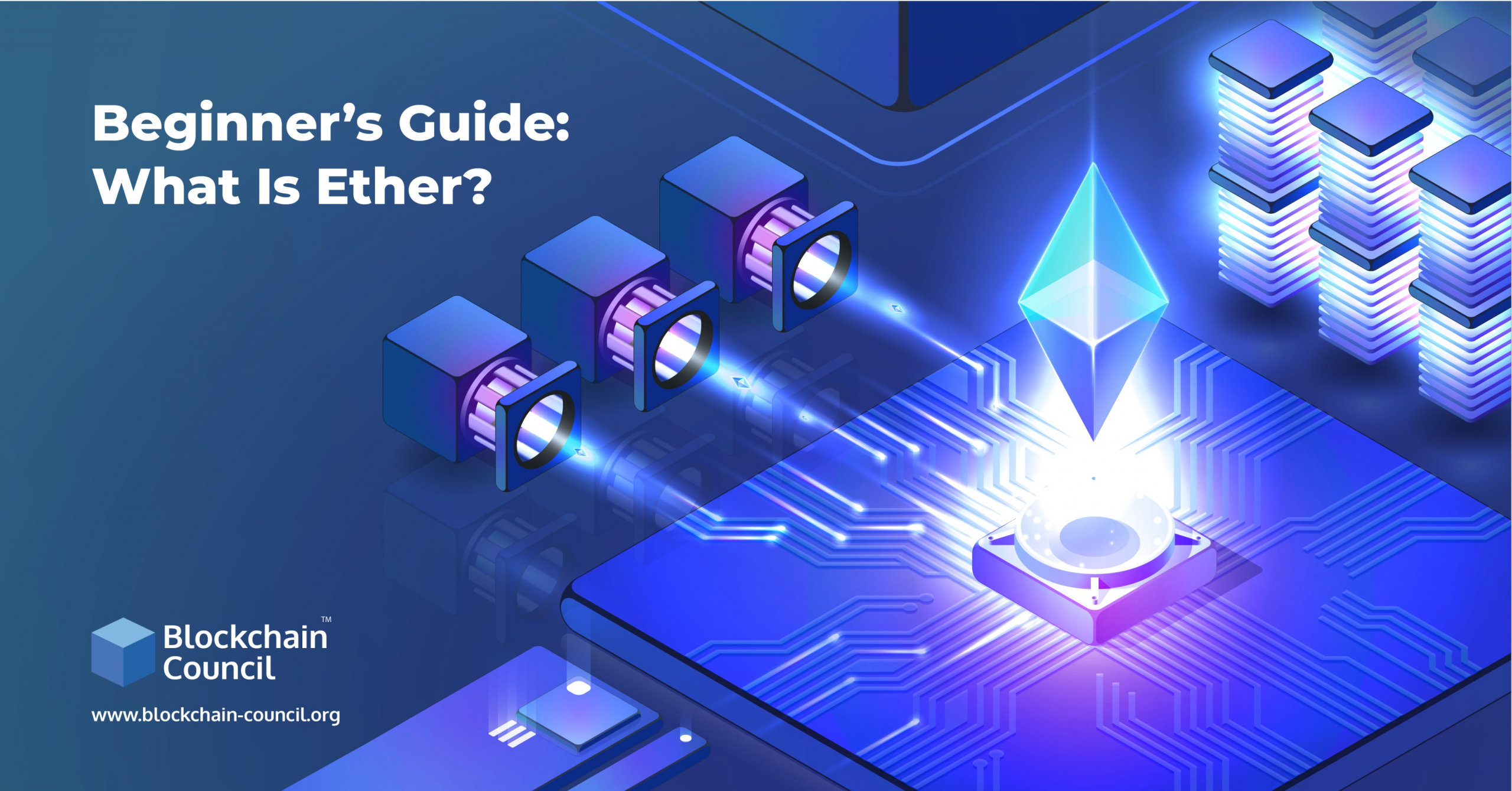
- Ayushi Abrol
- December 28, 2022
Ethereum Classic is a distributed blockchain-based cryptocurrency that is open-source and uses smart contracts. Ethereum Classic creation happened after a hack in 2016, and the Ethereum community differed over whether or not to refund the incident’s victims. There are now two versions of the blockchain: Ethereum, led by Vitalik Buterin, and Ethereum Classic, the original immutable chain.
Understanding Ethereum Classic
Ethereum Classic is a blockchain network with decentralized governance that uses smart contracts stored inside a distributed ledger to host decentralized applications Apps and transact value. Vitalik Buterin and his team first built Ethereum Classic as a platform for anyone to develop and deploy their blockchain-based services and digital currencies. Unfortunately, in June 2016, the Ethereum network experienced a hard fork owing to immutability differences between the mining community and the developers.
The current maintenance of Ethereum Classic is handled by a dedicated group of miners that have chosen to follow a divergent technological path. Since its creation, Ethereum Classic has steadfastly refused to fork and has rejected modifications made by its creators. If you have a crypto wallet that supports ETC, buy ETC, and start making transactions.
How to Mine and Purchase ETC
You may either buy ETC on a cryptocurrency exchange or mine it yourself. Ethereum Classic mining is only financially viable if you can access low-cost power. It is also essential to have suitable mining hardware, with graphics processing units being the most productive method to mine Ethereum Classic today. There are various places to purchase Ethereum Classic, including reputable retail brokerages and cryptocurrency exchanges. Also, if you utilize a decentralized exchange like Exodus, you can acquire ETC using a cryptocurrency wallet that you already own.
Exactly how does Ethereum Classic (ETC) function?
Ethereum Classic, like Bitcoin, relies on a consensus process known as Proof of Work to verify transactions. Miners are responsible for maintaining the safety of the network by processing transactions and creating blocks using their computing resources. Each transaction on the network must follow a strict chronological sequence. It is achieved by miners solving computationally complex puzzles to generate blocks, which act as a defense mechanism for the network.
One of Ethereum Classic’s most appealing qualities is the ability of network participants to execute smart contracts. Smart contracts are pre-determined agreements written as lines of code that carry out their terms and conditions. Furthermore, since the procedure is self-contained, no third party, such as a lawyer, is required to handle transactions between a buyer and a seller. To ensure the safety of its blockchain, Ethereum Classic has committed to employing Proof of Work mining, and it will not be incorporating any changes made by the split Ethereum network.
What is The Difference Between Ethereum and Ethereum Classic?
Although both Ethereum and Ethereum Classic started using the same code, Ethereum Classic has now changed its protocol to set it apart. However, the significant difference between the two is that the Ethereum Classic community has pledged to keep utilizing the proof-of-work mining method made famous by Bitcoin. Ethereum employs proof-of-work as of 2020, but its developers are working toward a future when this is no longer the case. In addition, Ethereum Classic offers a stable currency policy. The maximum supply of ETC is limited to 230 million, which means scarcity plays a role in determining its price.
Why is Ethereum Classic ETC Valuable?
Users use Ethereum Classic tokens to maintain and function the ETC network. Users participating in the many functions available on the Ethereum Classic network earn tokens. Additionally, users of ETC may participate in governance elections, utilize smart contracts, make transactions on the network, and engage with decentralized applications.
The Basics of Ethereum Classic ETC
Though ETC operates similarly to Ethereum, users presently need Ethereum Classic software to host a node or conduct transactions on the Ethereum Classic network. Most users spend ETC on the L1 network of Ethereum Classic, where they use it for value transfers. One of Ethereum Classic’s selling points is that you can use native Ethereum Classic ETC coins to interact with smart contracts. Further to its function as a medium of exchange, you can also use it as a speculative investment instrument.
Selecting The Best ETC Wallet
What you want to do with your Ethereum Classic and how much of it you need to store will likely determine the sort of wallet you pick. Cold wallets, also known as hardware wallets, are the safest way to store and back up your cryptocurrency outside a computer. Although more secure, hardware wallets have a steeper learning curve and a higher price tag. Hence, they could benefit advanced users who need to store substantial quantities of ETC.
Alternatively, you can use a convenient, straightforward software wallet that costs nothing. Software wallets are either custodial or non-custodial and are accessible as applications for your smartphone or computer. While handy, software wallets are less secure than hardware wallets and are thus probably best for less-experienced users or lower quantities of Ethereum Classic. Lastly, you can also use web wallets, also known as online wallets. Online wallets are convenient because you can access them from any computer with an internet browser. However, hot wallets are not as safe as their hardware or software counterparts. Therefore, if you’re going to entrust a platform with the care of your ETC, you should choose one with a solid reputation regarding security and custody.
Ethereum Classic is the non-circular, original implementation of the Ethereum blockchain. It has many similarities with the Ethereum smart contract platform and is still actively developing. While previous results don’t guarantee future gains, ETC has several positive indicators that point to a possible recovery.



































































 Guides
Guides News
News Blockchain
Blockchain Cryptocurrency
& Digital Assets
Cryptocurrency
& Digital Assets Web3
Web3 Metaverse & NFTs
Metaverse & NFTs
